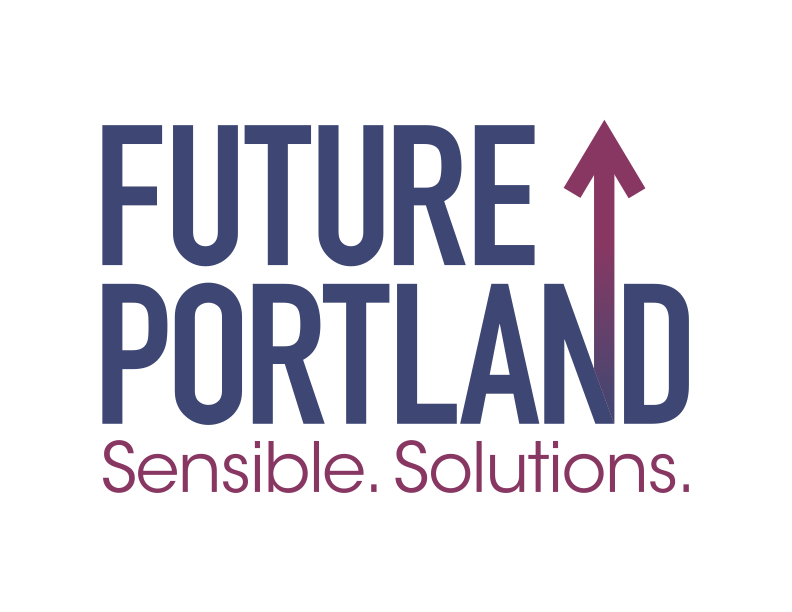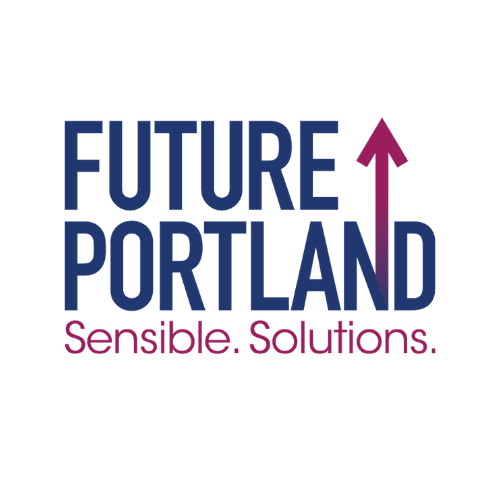Opinion: Even Democrats Like Me Are Fed Up With San Francisco
https://www.nytimes.com/2023/02/26/opinion/san-francisco-democrats-board-of-supervisors.html
By Michael Moritz
Mr. Moritz is a partner at Sequoia Capital.
Few subjects please Tucker Carlson more than sticking a shiv into the city of his birth — San Francisco. Sadly, Mr. Carlson has plenty of reasons for portraying San Francisco as a crippled city, hence his fondness for broadcasting clips of homeless encampments and drug addicts. But Mr. Carlson and his ilk have less interest in understanding why these problems exist.
Like it or not, San Francisco has become a prize example of how we Democrats have become our own worst enemy. Causes that we have long espoused — respect for human rights, plenty of housing that’s within reach for most people, care for the mentally ill, fair pay, high-quality public education, a dignified retirement — have all been crippled by a small coterie who knows how to bend government to its will. This astonishing city that I have been lucky enough to call home for more than 40 years has become subject to the tyranny of the minority.
For several years, I have tried hard to figure out the reasons for our civic confusion. San Francisco’s problems didn’t occur overnight. And they don’t bode well for other cities, long considered Democratic fortresses, where the consequences of the fentanyl epidemic, homeless encampments, housing that is unaffordable for most, deteriorating school systems and high tax rates are also evident. Here, janitors, nurses, teachers and bus drivers are forced to endure 90-minute commutes; two-income families cannot afford to start families; young children have become increasingly rare sights; and the Police Department cannot fill its ranks.
Charles Schwab, founder of the brokerage giant and one of the city’s most patient and generous philanthropists, moved to Florida, and his company relocated its headquarters to Texas. Even major figures who hail from San Francisco, and who in many parts of the country are viewed as irredeemable leftists, such as Gov. Gavin Newsom of California, seem at times embarrassed by the condition of their hometown.
For the past three decades there has been consistent tinkering with the armature of government by officeholders and their staffs, many of whom do not seem animated by a sense of great purpose but rather by doing whatever it takes to maintain power and influence. Others peddle radicalism: One city supervisor is a member of the Democratic Socialists of America (whose nationwide membership would fail to fill the larger Big 10 stadiums). These crafty legislators have the time and resources to deceive voters with what, on the surface, might appear like insignificant tweaks to the city’s operating instructions or by rule changes written in language that seems to be deliberately opaque.
The core of the issue, in San Francisco and other cities, is that government is more malleable at the city level than at higher levels of government. While there have been just 16 amendments to the U.S. Constitution since 1800, there have been 106 changes to San Francisco’s City Charter since 1996. If the U.S. Constitution requires decades and a chisel and hammer to change, San Francisco’s City Charter is like a live Google doc controlled by manipulative copy editors.
These copy editors have driven seismic shifts over the past 50 years. The first is the ascendance of the 11-person Board of Supervisors. While perceived by the electorate as possessing responsibility for the state of their city, mayors have been stripped of much authority while remaining convenient heat shields for the board. (The pandemic was a rare exception, which explains why the city’s Covid response was so spectacular.)
In normal times, the board can make adjustments to the city’s budget, while the control of appointments to the commissions that oversee city departments is a perpetual tussle between the mayor and the board. San Francisco mayors are not free to pick their own police chiefs. The disarray that results is apparent.
Another sea change came with the introduction in 2002 of ranked-choice voting that put an end to elections where the top candidates went on to a runoff election if they did not win an outright majority. Since then, in races where there is no absolute majority, the winner is only selected after successive rounds of tabulations, known as instant runoffs, in a confusing process that can readily be gamed by backers of particular candidates.
Many of these changes have been triggered by referendums that are a staple of the city’s elections and which have often been controlled by the board. Since 2000, 321 initiatives have appeared on the city’s ballots. This process spawned eight different business taxes in the last decade that have doomed many small businesses, as well as large companies whose headquarters are now located in less hostile settings. This has resulted in a sharp drop in projected tax revenue which, as usual, will result in cutbacks in city services for those most in need.
Then there is the matter of San Francisco being a one-party town. The nominating committee of San Francisco’s Democratic County Central Committee has an impressive record in backing candidates seeking their first electoral victory as members of local transportation and educational boards. These slots put candidates on the conveyor belt to higher office. Inbreeding is not healthy — particularly for politicians.
Even Superman equipped with a light saber would not be able to govern San Francisco.
The state of San Francisco — mirrored by conditions in other cities around the country — has much to do with the way machine politics, with its many defects, has given way to a splintering of power in City Hall. This makes it much harder for there to be old-style fights between a well-defined machine and an equally animated reform movement. The hollowing-out of city newspapers, in our case The San Francisco Chronicle, also contributes to poor governance. And San Francisco, like a growing number of blue cities, suffers a dearth of minority, middle-class voters who could offer steadying influences.
Fortunately, there is increasing agitation for changes to the mechanics of San Francisco city government. In 2020, frustrated by the condition of the city, I helped start and finance TogetherSF, which is now an active organizer of community events and has started to play a role in election contests through its sister organization, TogetherSF Action. Several parents’ action groups are also clamoring for improvements. Last November, an elected incumbent supervisor was not re-elected for the first time in 20 years. The district attorney and three of the city’s school board members were also recalled last year.
I am optimistic about San Francisco’s long-term prospects, in part because of some of the changes that I have seen since arriving in 1983. At that time, warehouses and railroad yards occupied the area now known as Mission Bay — today the area houses one of the world’s leading medical centers, mixed-use housing, the home of the Golden State Warriors and Visa’s new world headquarters. This example, powered by civic pride and a combination of private and government money, shows what is possible — even while many other proposed changes that would have a positive impact on the city have been nixed and delayed.
There are plenty of reasons to believe that Democratic San Francisco can again become a bellwether for the nation — this time by turning around a city that’s been held hostage by the political classes. There’s an increasing recognition that voters have been repeatedly duped. And there is a growing clamor for change. It won’t be easy. It will take time, tenacity, magnanimity and the contributions of many. But eventually Tucker Carlson will be made to eat his words, and San Francisco will work better for everyone.

